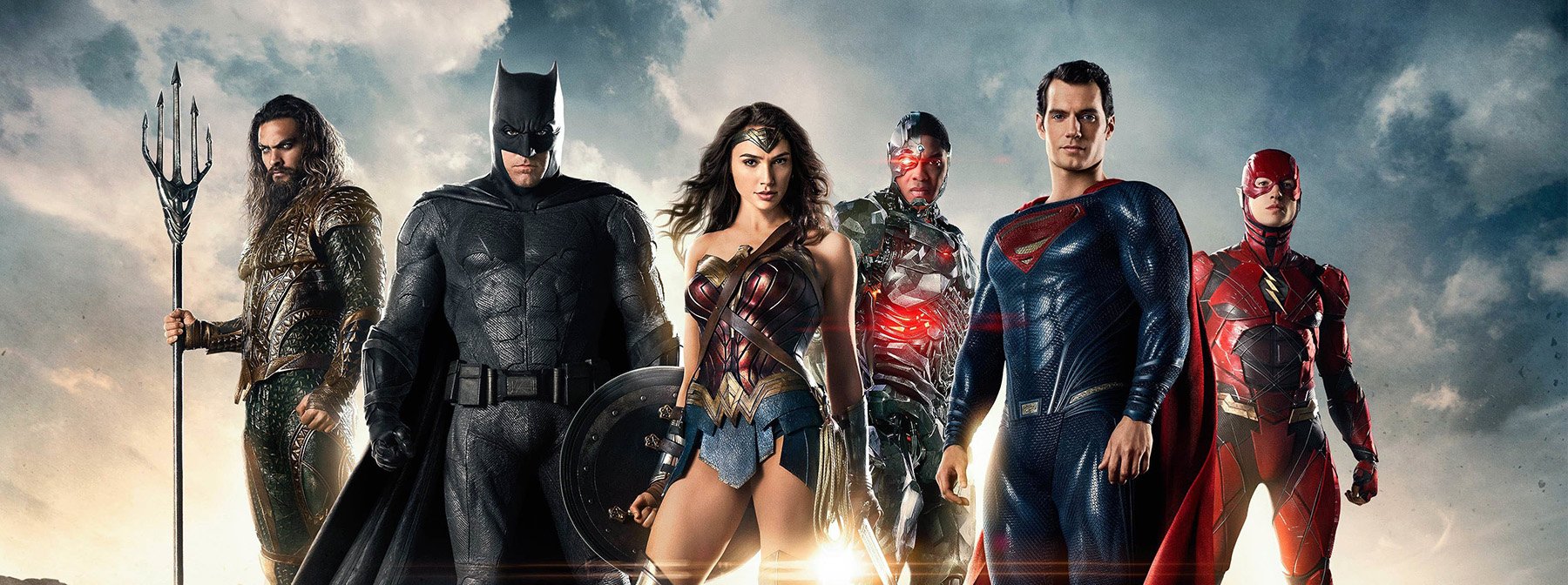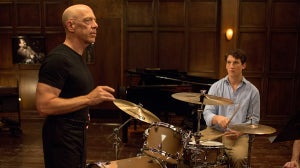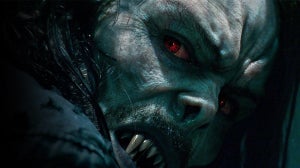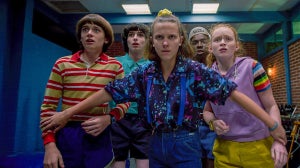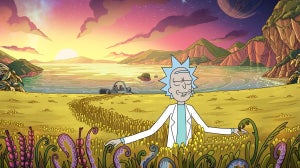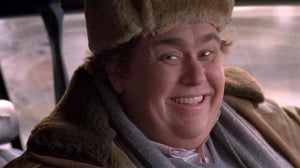
On November 15 2017 Justice League began its international theatrical roll-out (it opened in the United States two days later).
On paper it was one of the major cinematic events of the year: the long awaited on-screen team-up of Batman, Superman, Wonder Woman, Aquaman, Flash and Cyborg, and the culmination of the first part of a long-term plan for what is commonly referred to as the DC Extended Universe (DCEU).
And yet, things went not quite as planned.
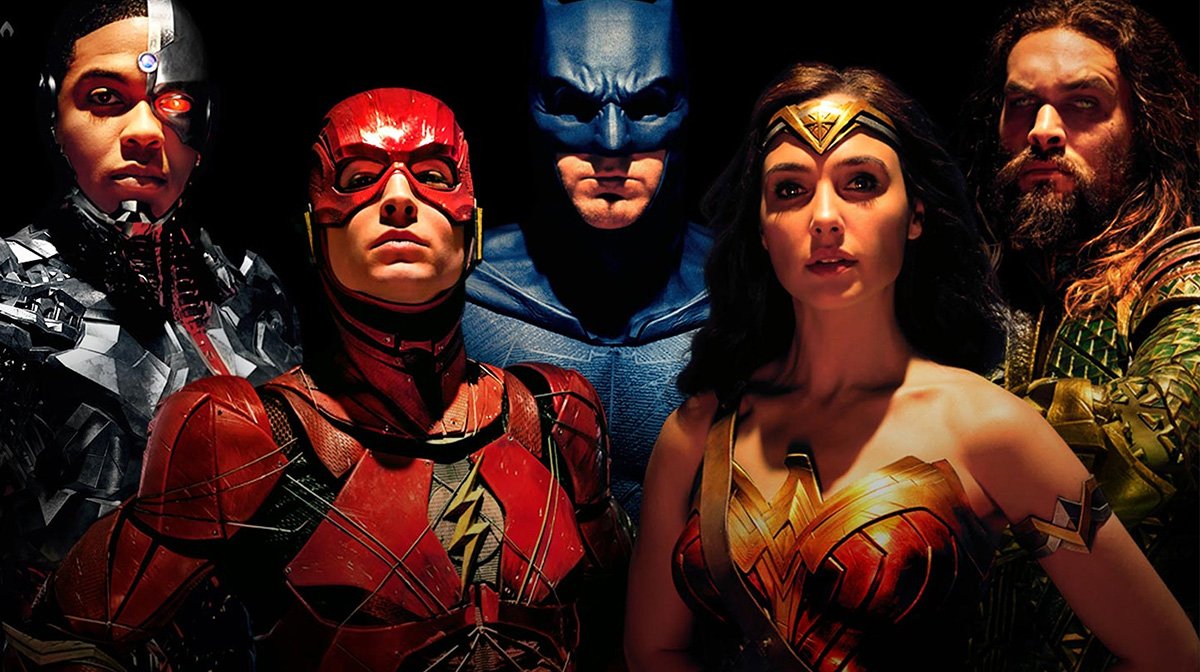
The film’s production history was already known to be troubled, to some extent. Six months prior to release, it was announced that Zack Snyder, the chief creative architect of the DCEU and director of the movie, would be stepping down from post-production to deal with a personal matter (his daughter Autumn had taken her own life two months before the announcement).
Joss Whedon, who at that point was developing a Batgirl film and had ostensibly been recruited by Snyder himself to write additional scenes, would oversee the remainder of post-production, including additional filming.
Officially everything was under control, despite inevitable misgivings from fans due to Whedon’s style being very far removed from Snyder’s (additionally, his association with the rival Marvel Cinematic Universe (MCU) didn’t help).
Then the first alarm bells began to ring when Whedon’s rewrites were deemed substantial enough to warrant a shared screenplay credit with Chris Terrio. This suggested that he had made noticeable changes to the film’s plot and structure, since the Writers Guild tends to ignore dialogue focused rewrites (something Whedon himself experienced when he was denied a writing credit for Speed).

Directors Guild rules meant that Snyder retained sole director credit, even though it became clear, when viewing the finished film, that Whedon’s contributions accounted for far more than the official 25% estimate.
In addition to inserting new material, he had apparently altered existing scenes as well: shot-for-shot comparisons between the trailers and the theatrical cut reveal a different colour palette and actors looking not quite the same as before.
And then there’s the Henry Cavill issue. Due to previous contractual obligations, the British actor was essentially on loan from Paramount for the reshoots, and was not allowed to shave the moustache he had grown for Mission: Impossible – Fallout. Attempts to conceal it were less than successful, making it fairly obvious which parts of the film were shot by Whedon (similar to the 2015 version of Fantastic Four, where Kate Mara’s hair indicates which scenes were added later).
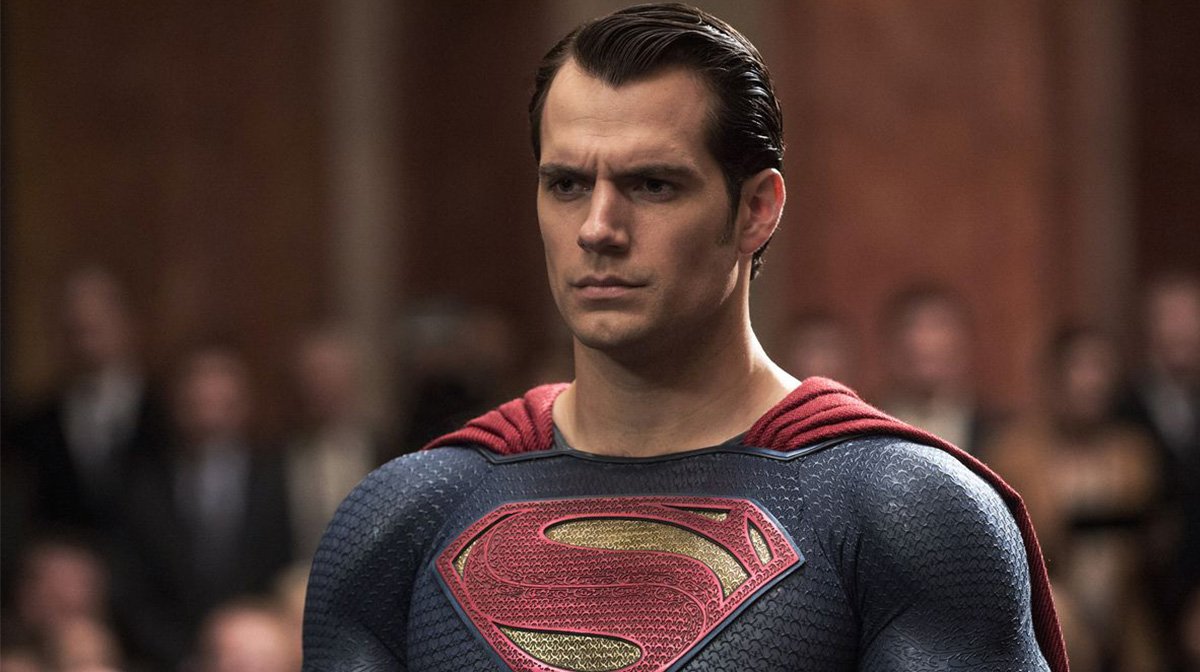
Throw in a good old-fashioned plot inconsistency or two (the film contradicts at least one event from Batman v Superman: Dawn of Justice), plus the obvious attempt at lightening the mood after Snyder’s two previous movies were perceived as being too dour, and it quickly dawned on everyone that, despite what the credits may claim, this was a Snyder film in name only (based on his interactions with fans on social media, he was unaware of the changes and had never seen the theatrical cut).
This was seemingly confirmed a few months later, with reports suggesting that the director had been quietly removed from the project much earlier than officially announced, due to his vision (a five-film story arc with a definite end point) not lining up with the studio’s (a continuing franchise à la Marvel).
That is part of the reason why fans have since been clamouring for the Snyder Cut, which would restore the director’s original work.

Based on available information, said Synder Cut is believed to be 214 minutes long (the released version runs a mere 120 minutes, supposedly due to a studio mandate).
In addition to playing out differently in certain key areas (as it was meant to set up the remainder of Snyder’s five film plan), it’s also said to contain additional footage for existing characters (most notably Cyborg, whose backstory was excised), as well as a proper role for the villain Darkseid, who is only obliquely mentioned in the theatrical cut.
People championing the Snyder Cut include storyboard artist Jay Oliva, cinematographer Fabian Wagner and actors Jason Momoa and Ray Porter (the latter, in spite of non-disclosure agreements, has confirmed he was cast as Darkseid).
Fans have also created a proper movement, which is supported by Snyder himself, with fundraisers to raise money for suicide awareness, in addition to campaigning for the release of the Cut.
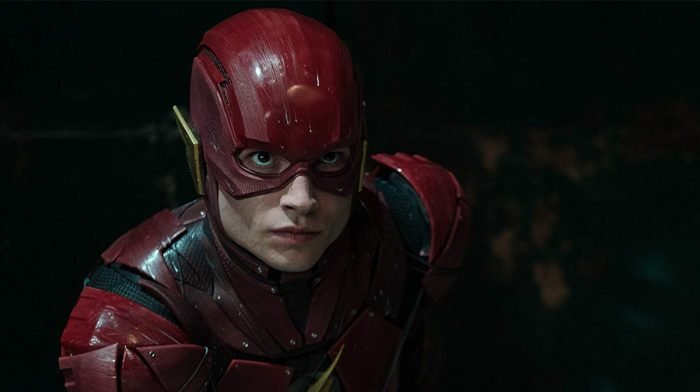
The movement has suffered a few setbacks due to the actions of a fringe group of fans, whose behaviour ranges from disturbing (mocking or threatening perceived 'enemies' of Snyder on Twitter) to downright illegal (pirating Shazam! and posting the final scene on social media to ruin other people’s enjoyment of the film).
Nevertheless, the movement persists, hoping to see this version of Justice League sooner rather than later.
Snyder himself has confirmed it’s essentially up to Warner Bros. to release it, as they own the rights and would be in charge of the financial side in terms of applying whatever finishing touches are required (most likely VFX work).

Will it happen, though? The studio has never publicly commented on the matter, maybe because, unlike the Donner Cut of Superman II (which they put together after the previous rights holders had fired Richard Donner back in the day), their choices led to the circumstances they would be rectifying, and they’re justifiably reluctant to admit they may have dropped the ball in such a noticeable (and costly) manner.
There’s also an issue of canon, as the DCEU is technically still ongoing and the Snyder Cut sets up story arcs that are unlikely to ever receive any payoff.
But fans are generally willing to let that slide as long they get to see what Snyder had originally envisioned before his work was significantly altered.

Some have suggested a viable option would be to make the Cut available on the upcoming HBO Max streaming service, although that would limit its outreach since the service will only be properly available in countries that already have HBO.
Others have said that an animated adaptation or a graphic novel would be more cost-effective and sidestep the canonicity problem.
Either way, the hope is that Warner Bros. will give Snyder his due, in a timely fashion.
For all things pop culture and the latest news, follow us on Instagram, Twitter, Facebook and TikTok.

